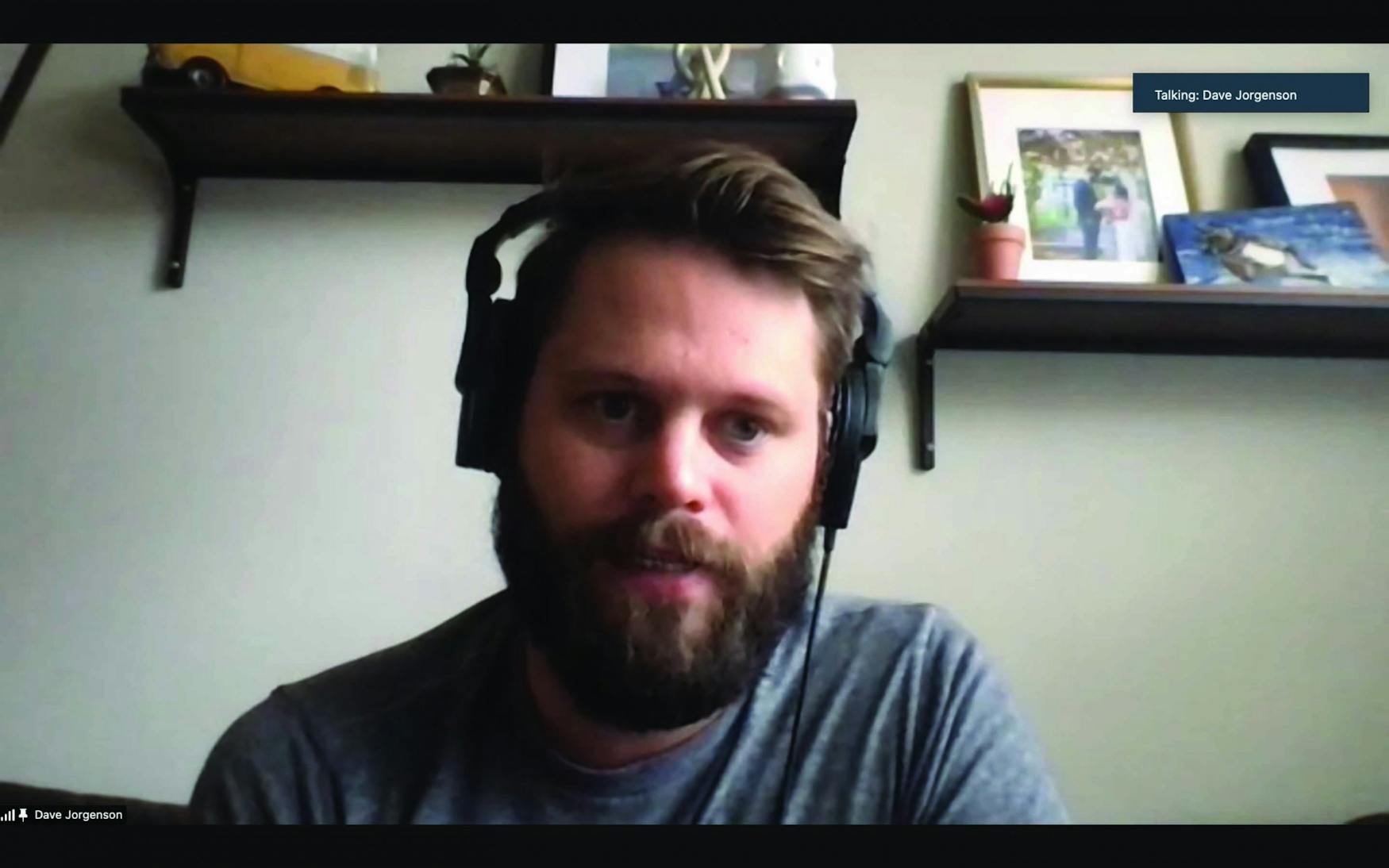Washington Post ‘TikTok guy’ speaks to Journalism department
Jorgenson shared his experience working for the Post and provided advice for journalism students.
Social media has become a primary news source for many Americans, especially for younger generations. According to the Pew Research Center, 86% of Americans receive their news from a smartphone, computer or tablet, with about 53% of those people using social media as their news source.
Adapting to the ways in which news is consumed has become a goal of many news sources, such as The Washington Post. Dave Jorgenson, also known by many TikTok users as “the TikTok guy,” spoke to the Brandeis Journalism program on Wednesday, Sept. 6 on Zoom. Jorgensen runs The Washington Post’s highly successful TikTok account, which maintains one million followers.
Jorgenson was hired at The Washington Post to work in creative video in order to help reach younger audiences through their YouTube channel, known as The Washington Post Department of Satire. Jorgenson’s work was led by the question, “How can you make a funny video with a point and some satirical edge and still make it seem like it’s from The Washington Post?,” he explained.
The Washington Post started their TikTok in 2019. Jorgenson was not met with much hesitancy when he pitched the idea—the response was mainly “what is TikTok?” The Post was also more open to being on other media platforms, because they were already present on other apps, such as Reddit. According to Jorgenson, “TikTok is just the next natural evolution of how we use our phones and social media.” Having learned to edit videos on Vine, Jorgenson had an advantage in using the app. “The learning curve for me was making it look like everything else on the app,” meaning making videos that were filmed to be shown exclusively on a smartphone, he said.
The TikTok account uses popular culture to try and get as many people interested in the news as possible. The goal is, in part, to help combat the misinformation in the news by sharing current events in a way that piques the interest of the viewer. The aim of the short 15 second to 3 minute videos is to “hook [the viewer] with one thing that’s really interesting and hopefully they’ll want to learn more,” leading them to read more in an article from The Post, Jorgenson said.
To find newsworthy content, Jorgenson thinks about “what story is the most important story today and how can we best explain it?” The next steps are determining what the hook is, what the important story is about and how that can become a TikTok. “When [news stories] are more boring it’s more interesting to see if we can make them fun,” he added.
While other news organizations can also be found TikTok, they often just post relevant images and clips from the day. The Washington Post’s approach on the app is a little different, using pop culture and the current trends on the app to depict important news. “It’s much cooler if you’re not trying to repurpose your own stuff and showing that you understand the app,” Jorgenson said. He scrolls through the app for about 15-20 minutes a day to find what audios are getting a lot of engagement and jumping on trends before others. He also has an intern who compiles a weekly report on what is trending.
Jorgenson is focused on debunking misinformation and getting the viewers to trust and read The Post. “More important than the followers is the engagement themselves,” he said. “Some people hadn’t even heard of The Post before the TikTok account,” and the viewers now trust The Post more because of the TikTok account, Jorgenson said. Additionally, the TikTok account has accumulated a community which is also important to Jorgenson, who tries to interact with the followers by responding to comments, of course while thinking to himself, “Would my manager be okay if I commented?”
Jorgenson also shared some advice to students who might find themselves working for a publication in the future. He discussed that one might be met with some hesitancy in regards to innovation, but it is important “understand it’s not so much that people are resistant to you or new media...it’s just that they were trained on something completely different.” Furthermore, Jorgenson mentioned the effects of “saying yes to anything” while working, because “once you show yourself as a team player, other people want to be a team player to what you’re working on later on,” he said. He also reminded the students to “have fun with [your work], don’t take yourself too seriously.”



Please note All comments are eligible for publication in The Justice.